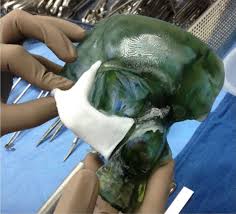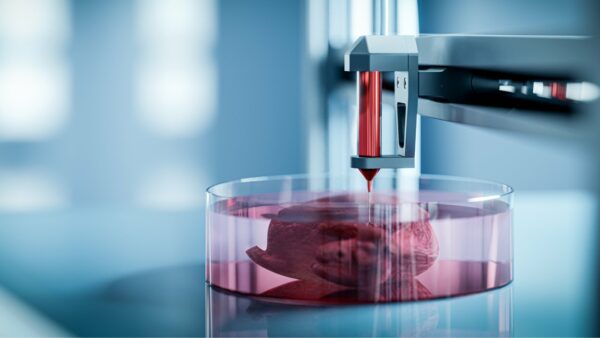A New Age of Medicine is Taking Shape
There was a time when “printing” meant nothing more than ink on paper. Today, it can mean printing bones, organs, and surgical tools. The rise of 3D printing in the medical field has redefined what’s possible in healthcare.
From creating patient-specific prosthetics to producing surgical DICOM models that help doctors plan complex operations, medical 3D printing is leading a quiet revolution — with local institutions like UP PGH, JRMMC, East Avenue Medical Center, JBLMGH, MCU and the Philippines Academy of Craniomaxillofacial Surgery; training the present and future of these professionals is Puzzlebox 3D Printing Solutions Inc.
Dr. Anthony Atala, Director of the Wake Forest Institute for Regenerative Medicine, once said,
“It was obvious to us back then… that if we really wanted to expand the technology, we needed to automate the process.”— 3D Printers Are Revolutionizing Medicine | AAMC
His words capture how 3D bioprinting evolved from a manual experiment into a scalable technology capable of saving lives.
The Power of Personalization

Every patient is unique. But traditional medical manufacturing often relies on one-size-fits-all solutions that don’t always fit well — literally and figuratively.
That’s where 3D printing shines. Using a patient’s CT scans or MRI data, doctors and engineers can design custom implants, prosthetics, and surgical guides perfectly matched to the individual’s anatomy.
A perfect example is in orthopedics and craniofacial reconstruction, where 3D printed implants can be shaped to match a patient’s bone structure exactly. The result? Shorter surgeries, faster recovery, and improved outcomes.
Dr. Daniel Wiznia of Yale Medicine explains,
“It’s a matter of precision … it lowers the risk of error compared to the traditional placement of a new knee.”— YaleMedicine.org
The Healers of Tomorrow
Beyond patient care, 3D printing in medicine has transformed how doctors train and prepare for surgeries.
Before a high-risk operation, surgeons can rehearse using realistic 3D printed models of the patient’s organ or tumor. These models mimic the exact shape, texture, and density of real human tissue, allowing teams to plan their approach in advance and reduce the chance of complications.

At Duke University Hospital, Dr. Tawfiq Khoury shared,
“The 3D printing lab is working to individualize patient care by printing patient-specific models to assist with surgical planning, enhance patient education, and reduce operative time.”
— Duke University
Medical schools and hospitals now rely on 3D printed anatomical models for hands-on education. Students can explore lifelike replicas of the human body without needing cadavers, giving them valuable experience before they ever step into an operating room.
Check out this product: 3DXTech Simubone
Bioprinting: The Future of Life Itself
If traditional 3D printing changed how we make tools and implants, bioprinting is changing how we create life.
Bioprinting uses bio-inks made from living cells to build tissues and organs layer by layer. Researchers have already printed cartilage, skin grafts, and blood vessels, and are now working on more complex organs like hearts and kidneys.

As Dr. Rivas noted in an interview with Gulf News,
“This is being used to recreate a single vessel or simple tissue such as skin for skin graft. We cannot do this with a complex organ although this might become a reality in the next five or six years once acceptable resins and gels are found that can be absorbed by the body.”
— GulfNews.com
Imagine a future where organ transplants no longer depend on donors — where a patient can receive a new organ built from their own cells, eliminating rejection risks.
That future isn’t a dream anymore; it’s being developed right now in labs across the world.
Check this out:
Final thoughts
3D printing isn’t just a manufacturing method — it’s a medical revolution. It empowers doctors, inspires researchers, and gives patients hope through innovation that was unimaginable a decade ago.
As technology continues to advance, one truth becomes clear: the future of medicine isn’t just practiced in hospitals or labs. It’s designed, engineered, and printed.
